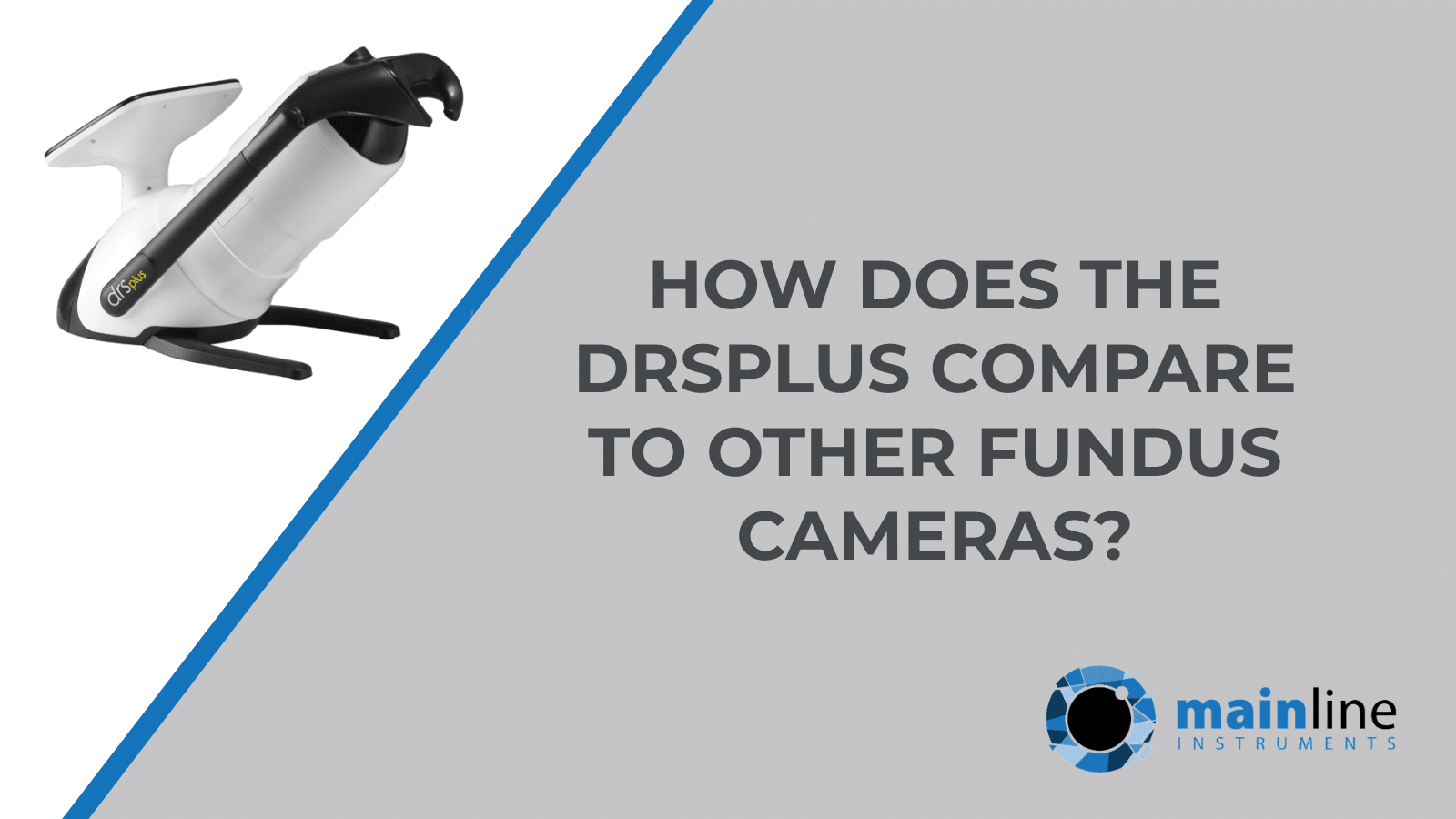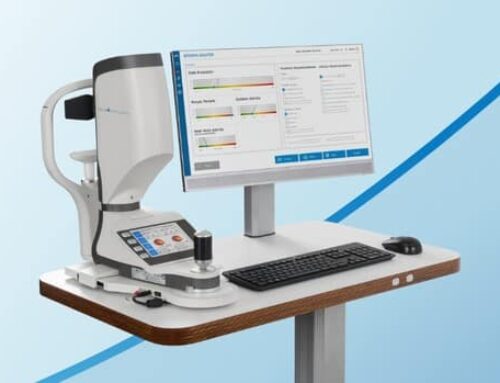When considering the purchase of new equipment, it’s always a good idea to compare similar products so that you can understand which one will best meet your needs, and the needs of your customers.
Here, we look at three core functional benefits of the DRSplus fundus imaging camera from iCare, and draw comparisons with other market leading fundus cameras:
Automation assists lesser-skilled operatives
It’s no secret that automation is making the world a more convenient place to live and work, with technological advancements now making many basic machine functions, completely autonomous.
The fundus imaging market is still awash with conventional camera’s that often still require alignment, focus and capture to be done manually by a trained user. Performing these tasks manually also requires knowledge of basic camera operation and an understanding of retinal structures to ensure the correct area of the retina is captured. This is a skill that takes time and experience to learn and perfect which means some practices are left heavily reliant on senior team members for imaging to take place. Not only is manual operation a time-consuming task that can have a negative impact on appointment length and customer experience, but relying on technically trained staff also costs money and can cause further delays.
The DRSplus offers a completely automated capture process which means the operative just needs to select the fields required before pressing start. By automating these functions, iCare have created a fundus imaging camera that can be operated by someone with little to no training. Image capture is very quick, easy and leaves the operator free to talk to the patient or perform other tasks if required.
TrueColor Confocal technology achieves images through cataracts
Achieving detailed images of the retina in eyes with opacities such as cataracts can be an impossible task for many fundus cameras, because the light from the camera flash is backscattered or reflected back.
The DRSplus’ TrueColor Confocal technology with white LED delivers detailed 45-degree retinal images even through cataracts. Confocal technology blocks light reflected from any area’s not within the focal range, allowing only light reflected from the focal plane (retina) to be captured.
Confocal images captured with the DRSplus are generally sharper, more detailed and have better contrast and colours compared to traditional fundus cameras which can often look washed out. The ability to capture useable images of the retina, even in patients with opacities, allows for the documenting and review of images for many more patient profiles, enhancing care and promoting appropriate diagnosis and timely treatment if needed.
Patient comfort avoids dilation
The DRSplus has been designed with patient comfort in mind, which means it is easier than ever before to avoid having to dilate patients with non-mydriatic operation (2.5mm minimum pupil size) in order to capture retinal photographs.
By completely eliminating the chin rest and implementing a unique forehead rest design, the DRSplus accommodates a wider range of patients and allows them to have fundus images captured comfortably without waiting for dilation.
The unique forehead rest design does away with the normal chin rest of other devices so that all patients have to do is gently lean forward and rest their forehead onto the device. Most other devices require patients to rest their chin down as well as forehead forward, this makes positioning patients more difficult as the height of the device needs to be set more precisely. Patients report that the quick capture times, lower flash brightness and forehead rest only design make the experience more comfortable compared to traditional fundus camera’s.
For more information on the DRSplus from iCare, visit the Mainline Instruments website, or to discuss how this camera compares to your current model, call our experts on 0121 458 6800.







